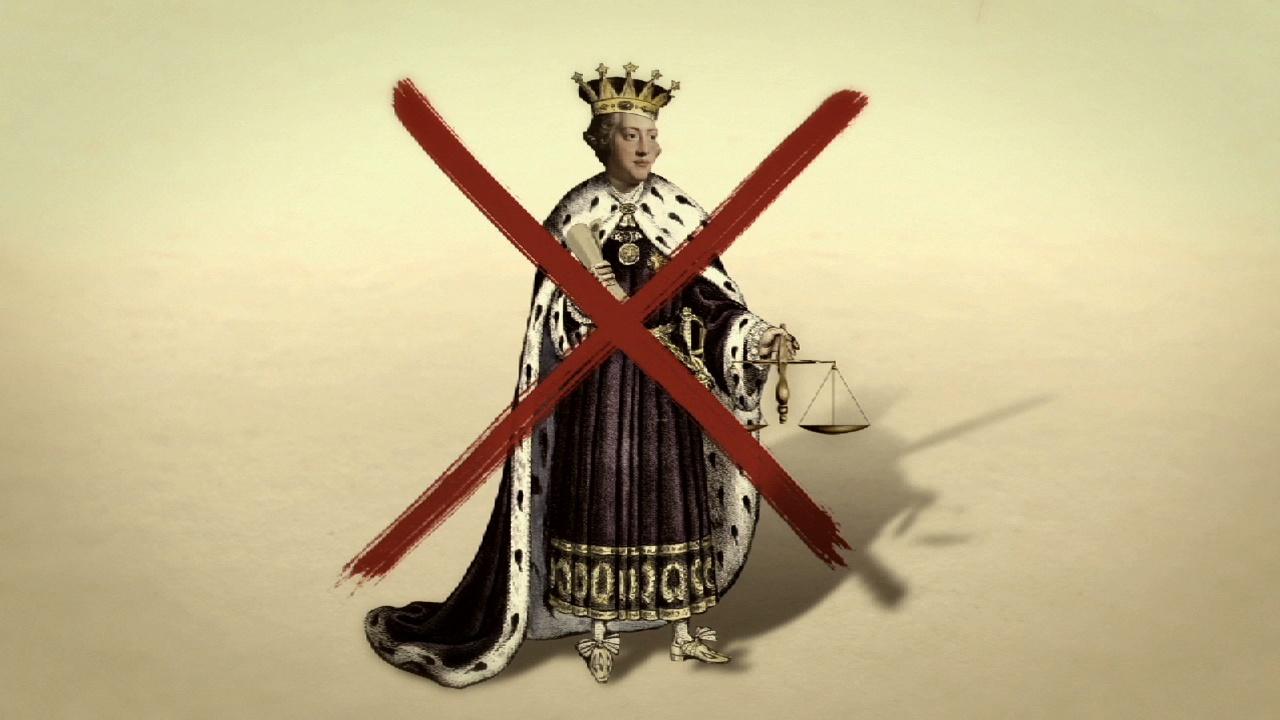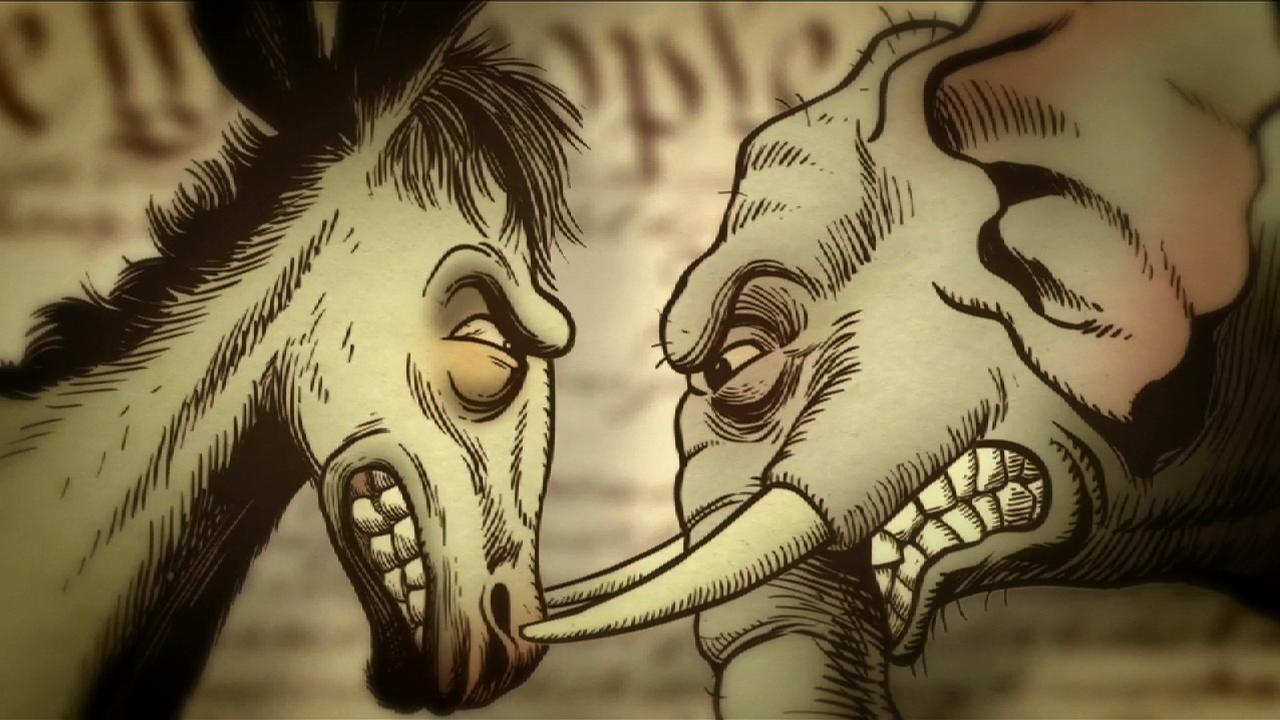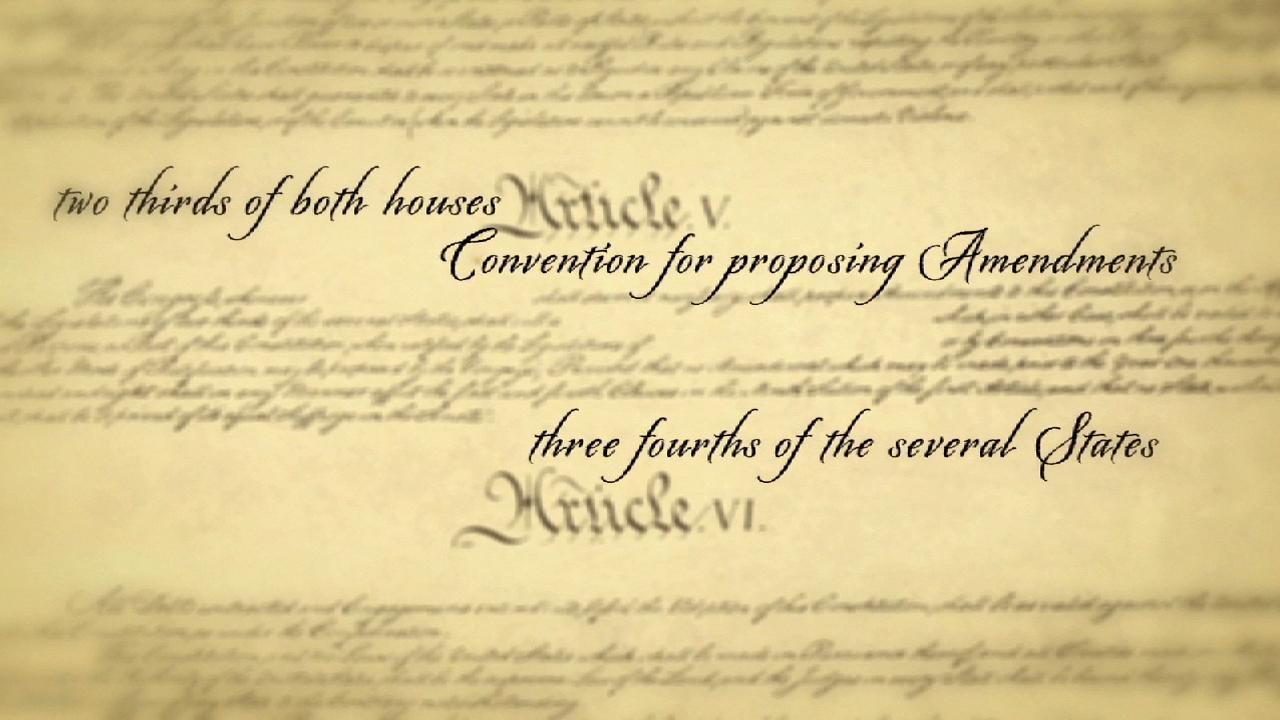
We the People Main
The first three words in the Constitution are the most powerful: We the People.

The framers of the Constitution feared too much centralized power, adopting the philosophy of divide and conquer. At the national level, they created three different branches of government to administer three different types of power. The legislative branch made the laws through a Congress of two houses, the Senate and the House of Representatives. The executive branch enforced the laws through a president, vice president, and numerous executive departments such as Treasury and State. And the judicial branch interpreted the laws through a Supreme Court and other lower courts. In the words of James Madison: “The accumulation of all powers, legislative, executive, and judiciary, in the same hands, whether of one, a few, or many, and whether hereditary, self-appointed, or elective, may justly be pronounced the very definition of tyranny.”
Within the separation of powers, each of the three branches of government has “checks and balances” over the other two. For instance, Congress makes the laws, but the President can veto them and the Supreme Court can declare them unconstitutional. The President enforces the law, but Congress must approve executive appointments and the Supreme Court rules whether executive action is constitutional. The Supreme Court can strike down actions by both the legislative and executive branches, but the President nominates Supreme Court justices and the Senate confirms or denies their nominations. “Ambition must be made to counteract ambition,” wrote James Madison in Federalist 51, so that each branch will seek to limit the power of the other two branches to protect its own power. Such a system makes concerted action more difficult, but it also makes tyranny less likely.
We the People content written by Linda R. Monk, Constitutional scholar
The first three words in the Constitution are the most powerful: We the People.

The Constitution does not mention political parties, yet they play an important role in U.S. government.

Some constitutional scholars believe that Article V, which sets forth the amendment process, is the key to the Constitution's success.